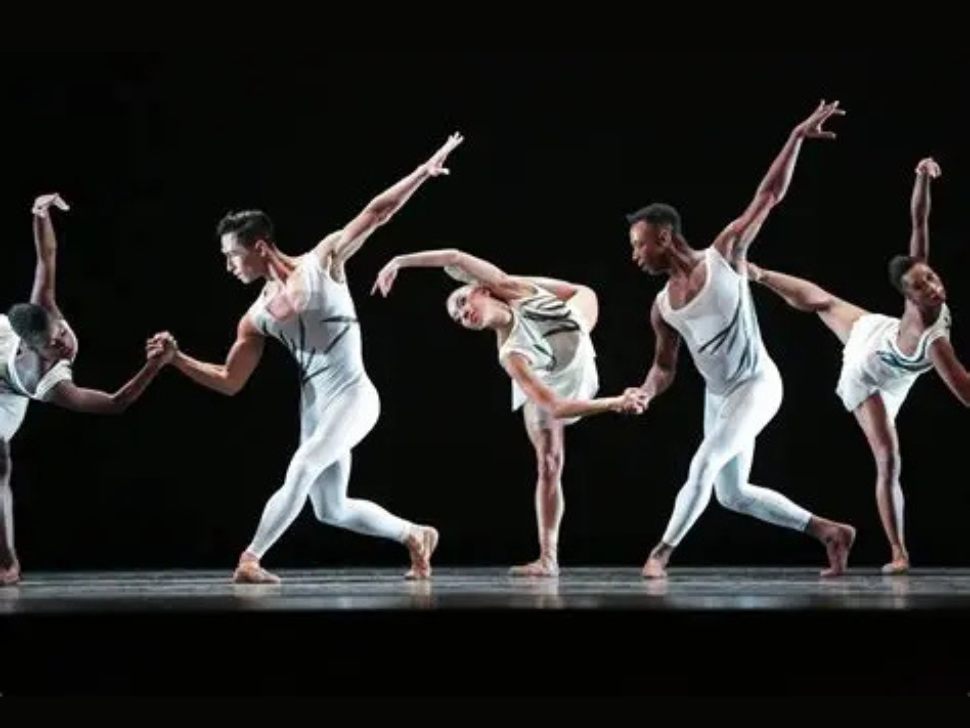Kennedy Center dance programming team terminated amid sweeping staff upheaval
The Kennedy Center has dismissed its dance programming team, the latest in a series of layoffs and resignations since former U.S. president Donald Trump assumed leadership of the cultural institution earlier this year.
“Three individuals were terminated,” Kennedy Center spokesperson Roma Daravi said in a statement to The Washington Post. “We will have an exciting announcement about the new direction for Dance programming soon.”
The centre did not name the employees, but Jane Raleigh, director of dance programming, confirmed she was among those let go. In a statement, she said her dismissal was attributed to a “loss of confidence” in her leadership but argued the termination was retaliation for supporting unionization efforts at the centre.
Mallory Miller, assistant manager of dance programming and one of the leaders of the Kennedy Center’s union drive, also confirmed her role was eliminated. On Instagram, Miller wrote that the firings underscored “why we need a labour union” and called the move “a form of censorship.”
“Artistic curation is a form of expression, and it deserves to be protected under the First Amendment,” she told The Post. “What they are doing is specifically striking at our ability to use art, to build community and tell stories that make us better people.”
A growing exodus
The departures deepen a period of instability at the Kennedy Center. Since Trump appointed himself chair in February, the institution has faced falling subscription sales and widespread staff turnover.
High-profile figures who have resigned or been dismissed include artistic advisers Renée Fleming and Ben Folds; Jason Moran, the artistic director for jazz; and Jeffrey Finn, vice-president and executive producer of theatre. Longtime producers of the Kennedy Center Honors have also stepped down.
Tony Yoon, a senior filmmaker in the centre’s multimedia division, resigned following the dismissal of the dance programming team. In an email seen by The Post, he wrote: “I will no longer tolerate the unceremonious firings of colleagues who built this great institution.”
Many staff say they learn of layoffs not through internal communications but through news reports. Some departments have reportedly been so depleted that employees are being temporarily shifted across divisions to keep events running.
Changing artistic direction
The Kennedy Center’s dance series has long been considered a cornerstone of its programming, bringing in reliable audiences with companies such as the Alvin Ailey American Dance Theater. That troupe, however, is no longer part of this year’s subscription package.
Despite the staffing cuts, the centre has assured audiences that immediate programming will continue. Independent curator Kaimana Chee, contracted to lead public dance classes, confirmed his scheduled sessions would go ahead.
The shakeups come as Trump introduces his own stamp on the nation’s premier arts institution. He recently named Sylvester Stallone, Gloria Gaynor and the band Kiss among this year’s Kennedy Center Honors recipients. His administration also provided a dramatic increase in federal funding—$257 million, six times the centre’s typical annual allocation—while simultaneously launching an audit of the Smithsonian museums, which he criticized as “the last remaining segment of woke.”
Meanwhile, staff and artists at the Kennedy Center continue to grapple with an uncertain future, questioning not only the centre’s artistic direction but also its commitment to supporting the people who bring that programming to life.
Why Canadians should pay attention
For Canadians, the turmoil at the Kennedy Center is more than just U.S. arts politics—it’s a reminder of how quickly cultural institutions can be reshaped when leadership changes hands. The centre has long hosted Canadian artists and companies, serving as a gateway to the American stage. Cuts to programming teams and concerns about censorship risk limiting those opportunities, while also sparking wider conversations about the importance of protecting artistic freedom, labour rights and public funding for the arts on both sides of the border.
